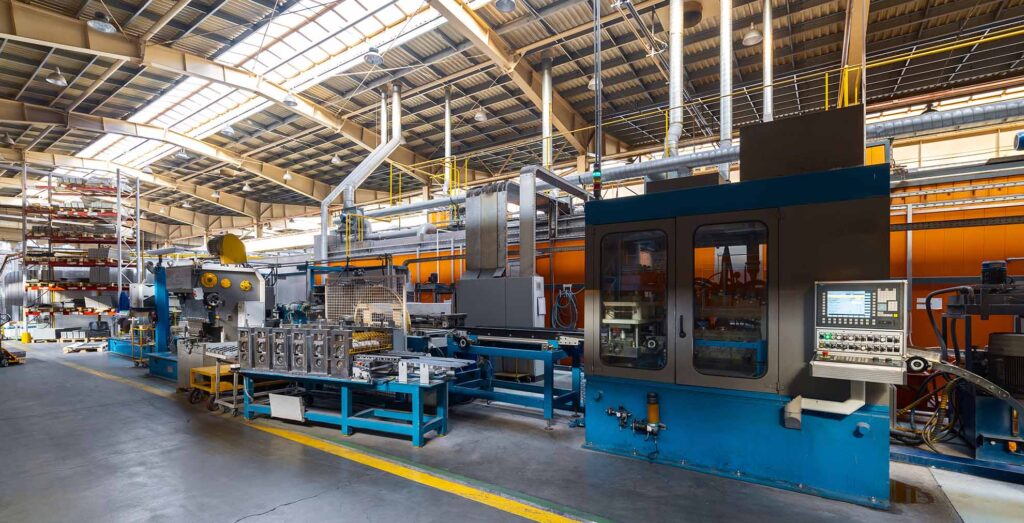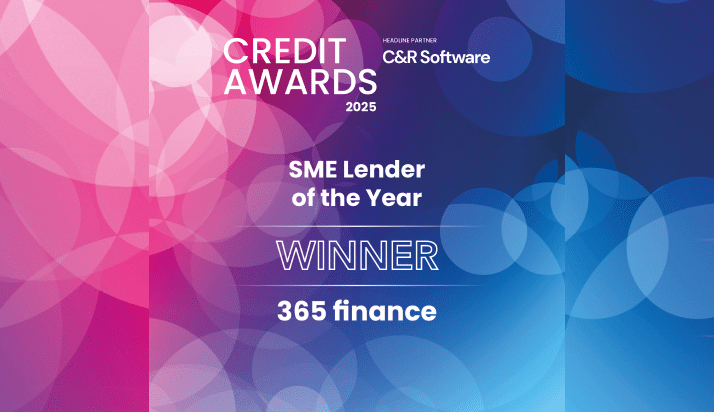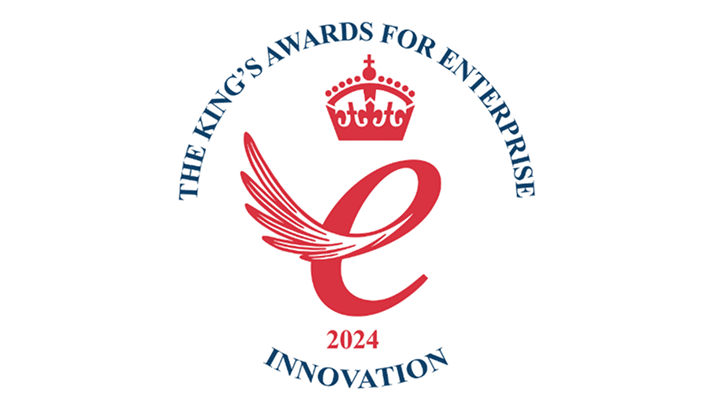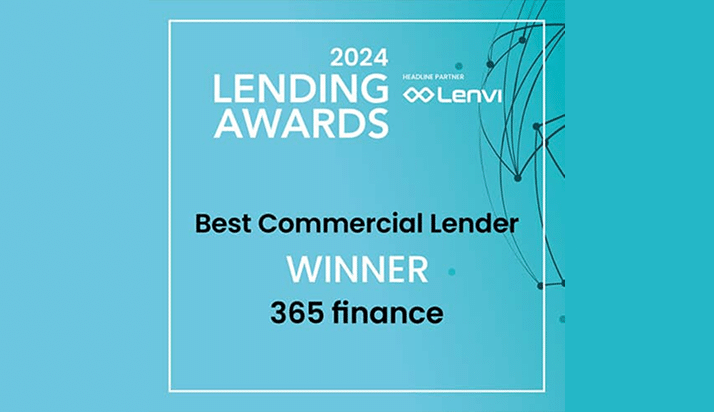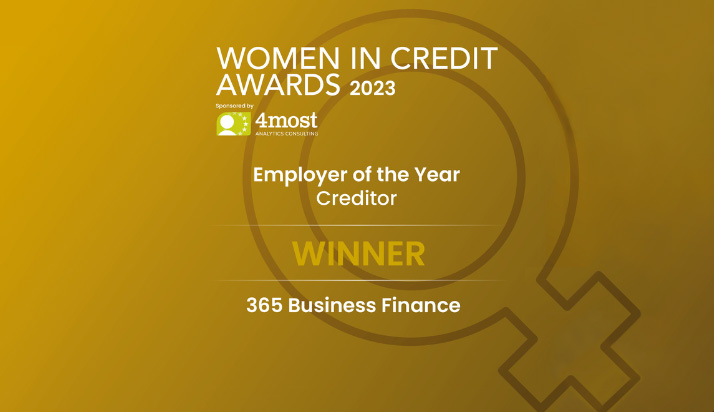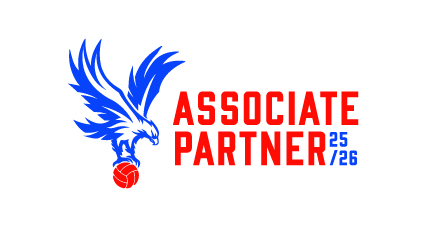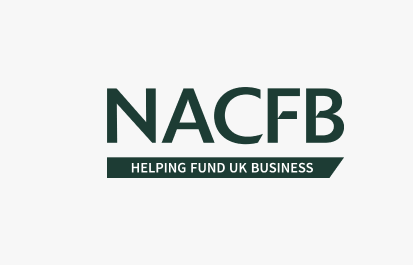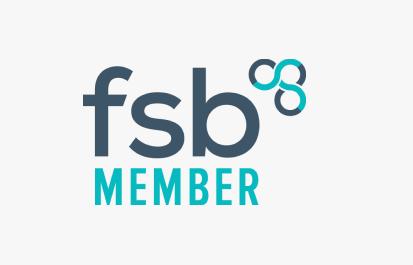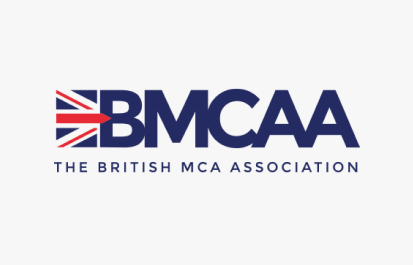Equipment Financing
Invest in the equipment you need to keep your business running smoothly, without stunting its growth.
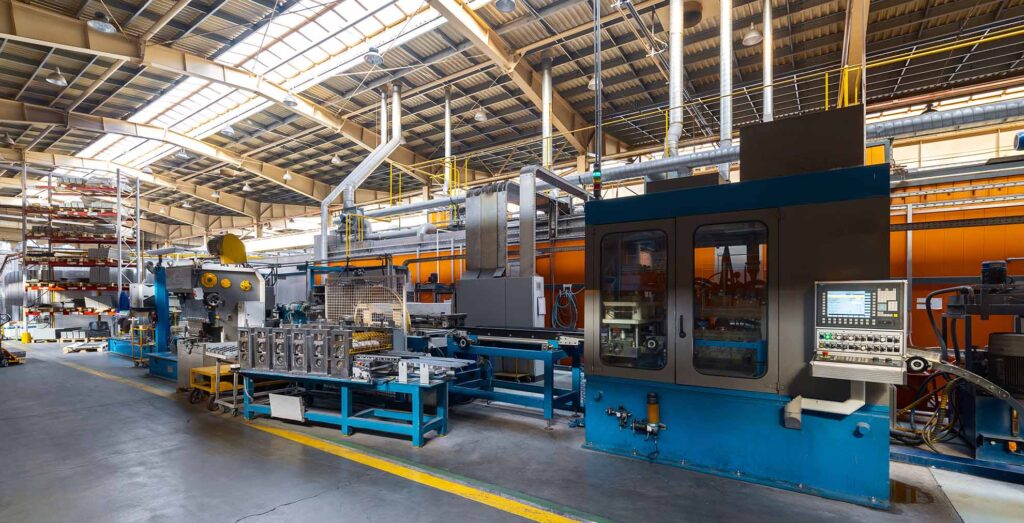
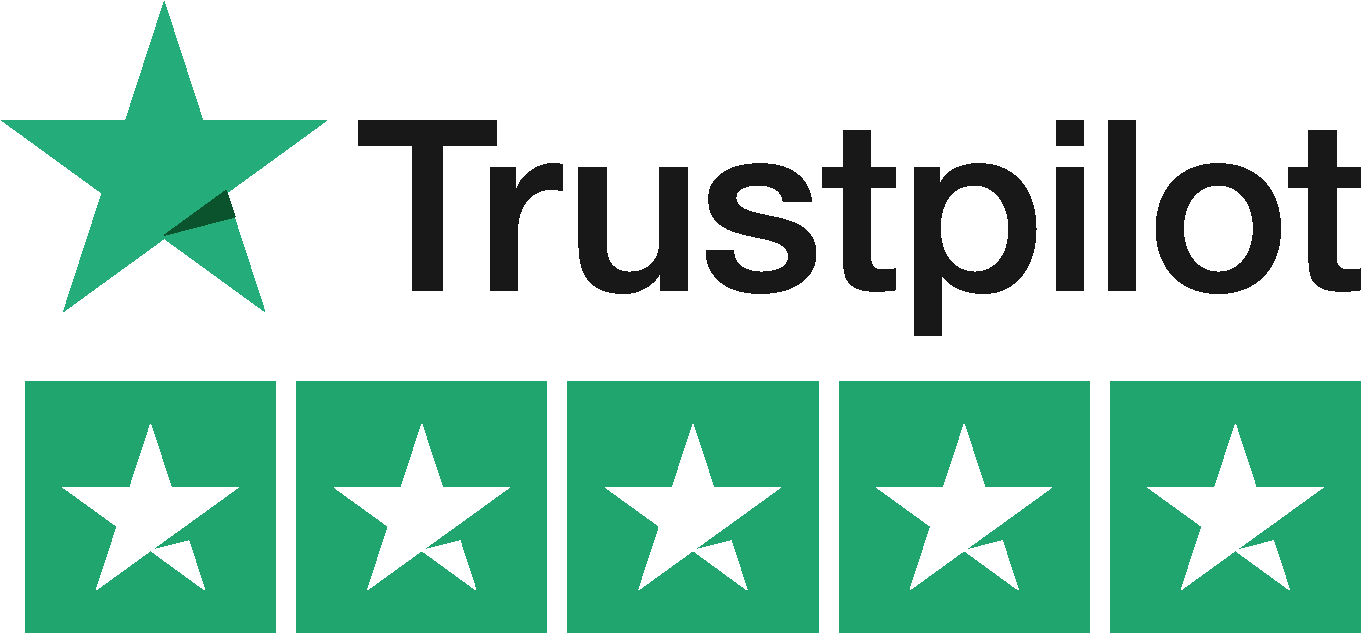
No matter what industry you’re in, all UK businesses rely on machinery, vehicles, IT systems and other essential equipment to operate. However, purchasing this equipment can often stretch your cash flow too far and slow growth. That’s where equipment financing can come in and help.
From equipment loans and leasing to hire purchase agreements, there are several different types of equipment financing that can be tailored to suit your business requirements.
In this guide, we provide an in-depth overview of equipment financing, including how to find the solution that best suits your business needs.
What Is Equipment Financing?
Equipment financing is a type of business funding that goes toward the cost of acquiring essential technology, tools, or machinery, rather than requiring an upfront investment. Depending on your agreement, you’ll either own the equipment you’ve purchased at the end of the term, or you agree to use it over a fixed lease period.
It’s a popular form of funding for small businesses who may be looking to purchase vehicles, upgrade medical devices or upgrade their IT infrastructure, but may not have the cash flow to afford to purchase these things outright.
Some businesses will look to equipment loans, where they borrow a set amount of money specifically to purchase the asset, which they repay over time. With traditional lenders, this funding comes tied with extensive paperwork and long processing times, which isn’t ideal when you’ve got a business to run.
In contrast, 365 Finance offers an alternative that’s fast, fully unsecured, and tailored for UK SMEs, providing funding of up to £500,000 with no need for collateral.
Equipment Financing Advantages
There’s a reason why so many small businesses choose equipment financing. Here are some of the key advantages:
- You can spread the cost of equipment over time instead of a lump sum payment, ideal for keeping day-to-day operations running while investing in your business’s future.
- You can stay ahead of competitors by investing in modern tools without delay. 365 Finance can fund upgrades fast, often within 24 hours.
- You’ll boost your productivity and efficiency with the right tools thanks to things like increased output, automated tasks and reduced downtime.
Equipment Financing Disadvantages
Although equipment financing has its advantages, it’s not always the correct choice for every business. Here are some of the disadvantages:
- Spreading payments can lead to increased interest or fees, depending on the terms. However, choosing a lender like 365 Finance can help minimise additional costs.
- The equipment you purchase may lose value during the term of the lease, meaning you end up paying more than it’s worth by the end.
- If you choose a traditional lender, you may be bound by strict repayment terms. 365 Finance helps address this issue by offering flexible repayment options.
Equipment Financing Case Study
There are plenty of companies that would benefit from flexible equipment finance. But let’s take a look at an example of a growing logistics company that wants to replace its ageing delivery vans to speed up deliveries.
With 365 Finance’s equipment loan alternative, they received over £100,000 in 48 hours, allowing them to buy new vehicles outright, improve reliability, and scale deliveries quickly.
What is Equipment Leasing
Unlike equipment finance, where you repay the cost of the equipment in the hopes of owning it at the end of the agreement, equipment leasing involves renting the equipment. Rather than buying equipment outright, businesses will rent what they need over a fixed period. At the end of the lease, they can either return, upgrade, or purchase the asset.
You may choose this option because you want to invest in fast-depreciating equipment like computers or other IT tools.
Unlike an equipment loan, where you own the asset, leasing allows you to use it without ownership. A lot of small business owners may prefer this option as it keeps costs lower, and any maintenance is covered by the company leasing the equipment to you. Equipment leasing is also considered an operating expense, potentially offering off-balance sheet benefits.
Equipment Leasing Advantages
Not sure whether leasing or financing is right for your needs? Here are some of the key advantages of leasing:
- Leasing equipment frees up your working capital so you can continue to invest in areas that need it most.
- You can easily upgrade or swap your equipment at the end of the lease to keep up with technological advancements, rather than owning equipment outright.
- Lease payments may be deductible as a business expense, providing helpful tax benefits.
Equipment Leasing Disadvantages
There are also a few disadvantages to be aware of before you decide on the leasing route:
- At the end of the lease, you still don’t own the equipment. You can either return the asset or pay extra for ownership.
- It can be easy to dismiss the long-term costs of monthly payments. It’s important to look ahead, as monthly payments over time may exceed the cost of buying equipment outright.
- Your lender may impose strict usage limits that may cause you issues. Make sure to double-check the terms before agreeing to any lease.
Equipment Leasing Case Study
One family-owned MOT garage wanted to invest in new machinery to speed up its operations, but it was aware that such machinery can depreciate over time. With help from 365 Finance, they received funds to start leasing equipment within days without having to worry about the burden of ownership.
Hire Purchase Agreements Explained
Finally, you have hire purchase; a form of equipment financing where instalments are made over time and ownership is gained once all payments are made. It’s a middle ground between financing and leasing as businesses can spread the cost over a fixed period but will eventually own the asset too.
Common examples of hire purchase agreements include the purchase of industrial tools, kitchen equipment or office furniture.
Unlike leasing, where you return the equipment, or an equipment loan where you may borrow funds to go towards a purchase, hire purchase directly ties payments to the equipment your business needs.
365 Finance offers flexible alternatives to hire purchase that include fixed repayments and quick funding decisions. It helps small business owners cover the cost of repayments during the agreement, especially for businesses that may not have consistent cash flow year-round.
Hire Purchase Agreements Advantages
Hire purchase agreements can be a beneficial option for many small businesses. Here are some of their key advantages:
- Once you’ve made all your payments, you will own the asset. Then you can decide whether to continue using it or sell it to recoup the cost.
- You’ll have fixed, predictable payments set up, which will make your budgeting much easier and consistent.
- You may also get additional tax benefits from using this method of financing, as the assets you buy can qualify for capital allowances.
Hire Purchase Agreements Disadvantages
However, here are some of the disadvantages you should be aware of before entering into an agreement:
- Hire purchases usually require a larger upfront payment when you go through traditional lenders. 365 Finance can help provide the funds you need for this deposit.
- Interest payments will be added to the total cost over time, which can make it a more expensive route than purchasing goods outright.
- As the owner, you’ll bear full responsibility for servicing and maintaining the equipment. If you’re investing in equipment that requires high levels of servicing, leasing may be a better option.
Hire Purchase Agreement Case Study
A small catering company used a hire purchase-style funding agreement to acquire new kitchen appliances. With 365 Finance, they secured funding within 24 hours and took full ownership after 18 months, without touching their working capital.
Comparison Of Equipment Financing
Still unsure about the best form of equipment financing for you? Let’s break it down according to some key considerations:
| Consideration | Equipment Loan | Equipment Leasing | Hire Purchase Agreement |
| Ownership | Immediate | No (unless purchased at the end of the lease) | Yes (after final payment) |
| Upfront payment | High | Typically lower | Yes |
| Monthly payments | Fixed or revenue-based | Fixed | Fixed |
| Maintenance | You | The leasing company | You |
| Restrictions on use | None | Yes | Some |
| Insurance | You | Depends on contract | You |
How To Decide What Type Of Equipment Financing To Use?
If you run a small business in the UK with plans to grow in the next year, you’ll probably need to update your equipment to help reach your goals. Unfortunately, equipment doesn’t come cheap, so you’ll probably need to secure finance to keep things moving.
Here are the factors you should think about before deciding on the type of financing to use:
- Financial Position: Look at your available capital and cash flow. If cash is tight, leasing or revenue-based finance may be best.
- Equipment Lifespan: If the equipment becomes obsolete quickly (like tech), leasing offers better flexibility.
- Usage Duration: For short-term projects, leasing works best. For long-term use, loans or hire purchase are more suitable.
- Tax Implications: Leasing may offer operating expense deductions, while loans or hire purchase may qualify for capital allowances. For more information, speak to a tax adviser.
- Balance Sheet Impact: Leasing might stay off your balance sheet, improving financial ratios, while loans or hire purchase count as liabilities.
Use our repayment calculator to help see what repayments would look like with our equipment financing loans.
How much capital does your business need?
Use our calculator and see how Rev&UTM could help your business.
£60,000
funding received
£100
for every card transaction
85% = £85
goes to your account
15% = £15
goes to 365 finance
Repayments mirror the ups and downs of your business
A business processing £10,000/month in card sales can receive an unsecured cash loan of the same amount, with no interest rates or fixed terms. Repayments are automatic and based on a small percentage of monthly card sales.
How your repayments work
1
Agree fixed percentage
Agree a fixed percentage of your credit and debit card sales to repay the business cash advance (typically between 5% and 15% of your card sales)
2
Make card sales
Sell to your customers on your credit and debit card terminals.
3
Automatic repayments
The pre-agreed percentage is automatically deducted from your daily transactions at point of sale and you will.
4
Get money into your account
This is automated so there is no change to the time it takes for you to receive your money.
5
Daily sales reduce balance outstanding
The daily amount deducted then reduces the balance outstanding on the business cash advance.
6
Collections stop automatically
Collections stop automatically once the cash advance has been repaid in full.
Equipment Finance Application Process Overview
Applying for equipment finance is straightforward when you know what’s needed. If you don’t know what you need to do, it can be a daunting process.
But don’t worry! At 365 Finance, our process is streamlined for busy business owners just like you. Here’s what you’ll need:
Eligibility Criteria:
- Must be a UK-based business trading for a minimum of 6 months
- Minimum monthly credit and debit transactions of £10,000
Required Documentation:
- The last 3–6 months of business bank statements
- Business name, registration number, and trading address
- Director’s or owner’s name and contact details
- Company’s trading history (at least 6 months preferred)
- Description of the equipment or funding requirement
- Latest filed accounts (optional, depending on funding size)
Is Equipment Finance Right For My Business?
If your business relies on essential tools or machinery and you don’t want to tie up working capital, equipment finance can be a smart move. From construction firms needing diggers to cafes investing in kitchen equipment, financing helps you grow without delay.
While there are costs involved, benefits like speed, scalability, and flexibility often outweigh them. Whether you need to lease, borrow, or purchase in instalments, 365 Finance offers unsecured funding solutions that put control back in your hands.
A simple and secure way to finance your business
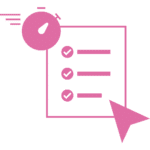
Apply in minutes
Complete the application form. It takes less than 5 minutes!
Relationship manager
Be allocated a relationship manager to assist with any queries.
Approval under 24h
A decision will be made under 24h.
Get your cash advance in days
Funding directly into your business bank account within days


Finance Academy
Explore our Finance Academy to understand all the financial acronyms and jargon, and take charge of your business’s financial success today!
Explore our guides